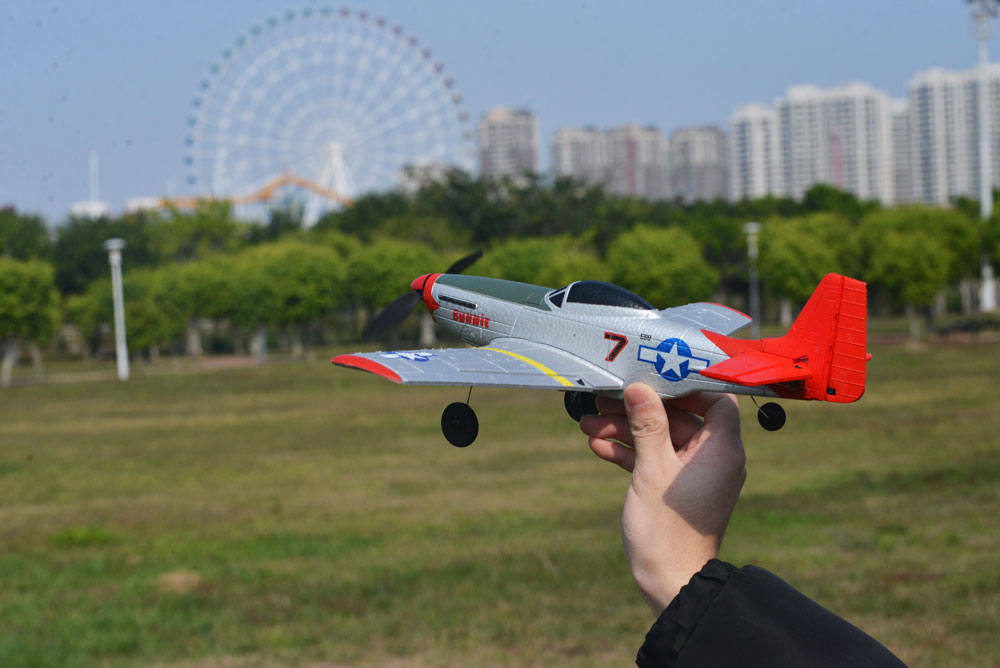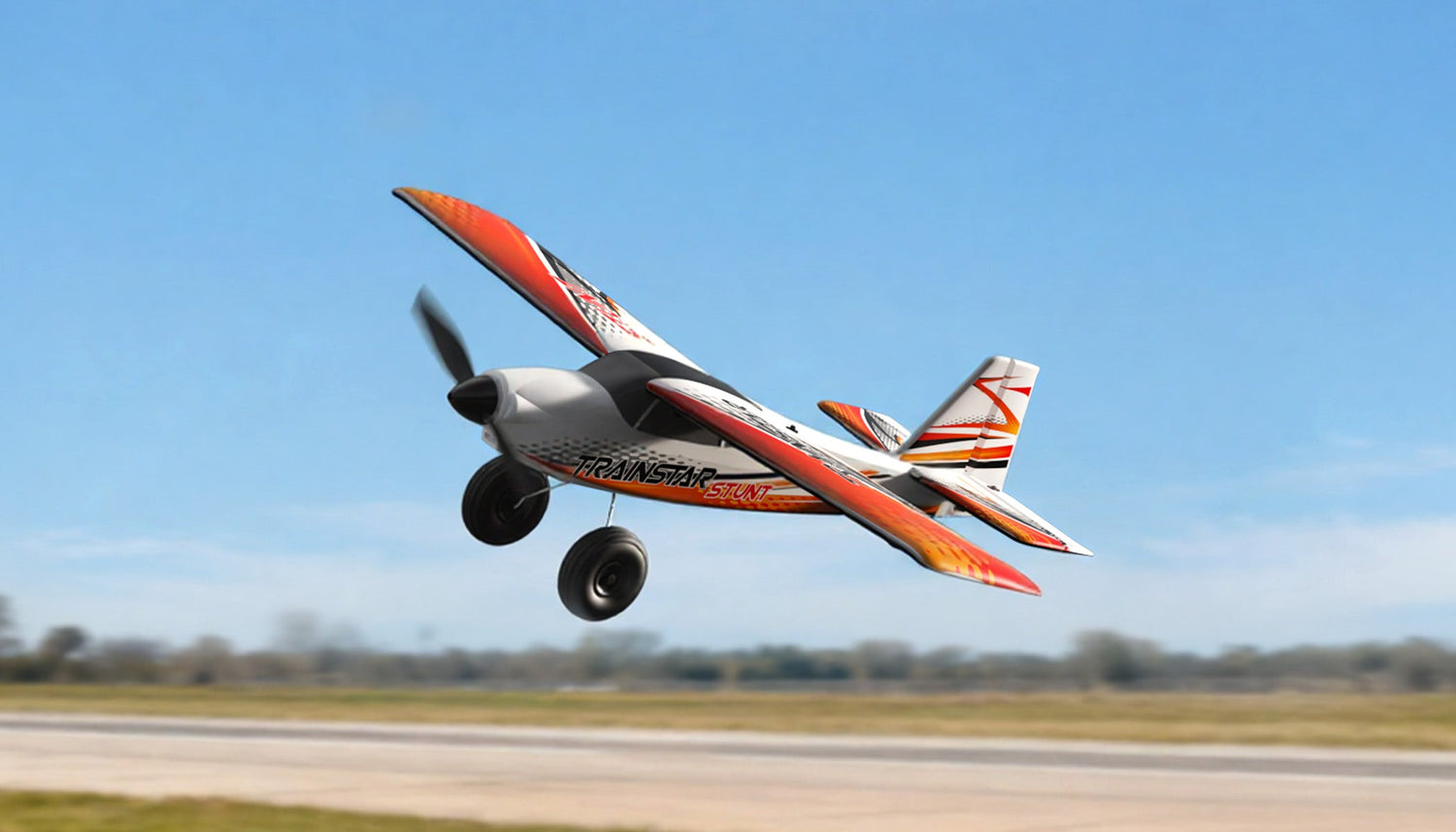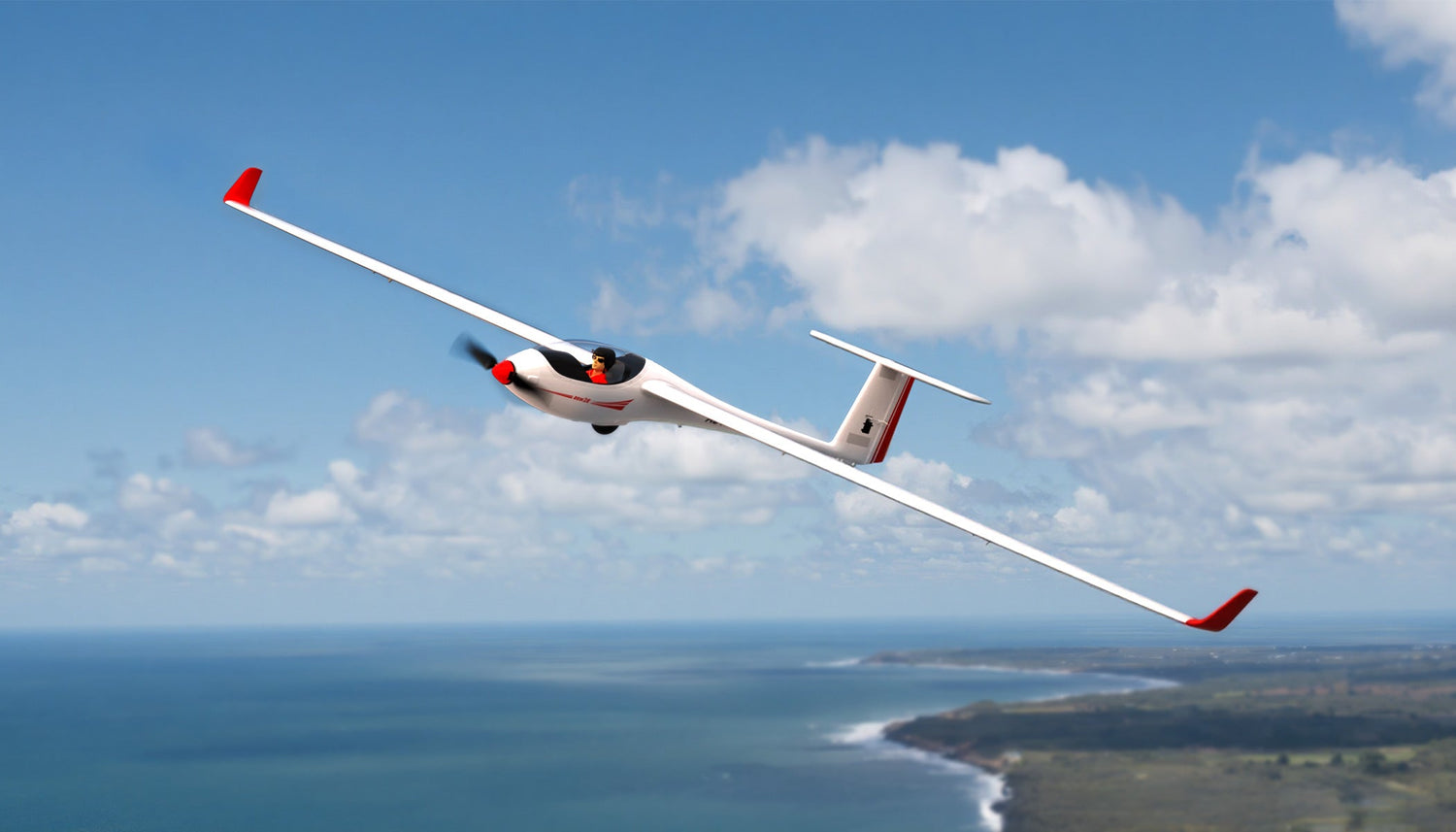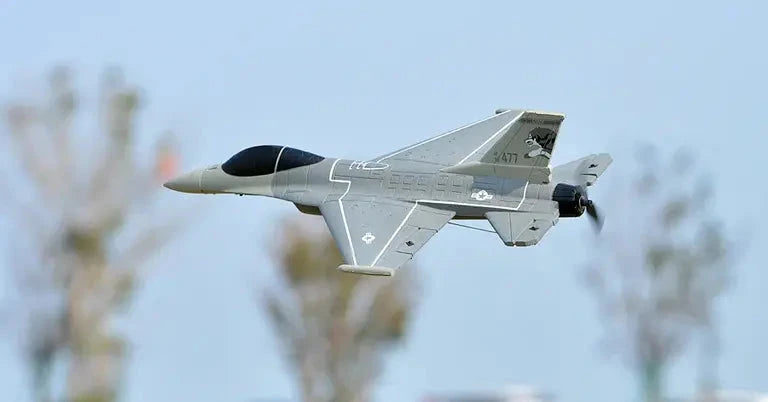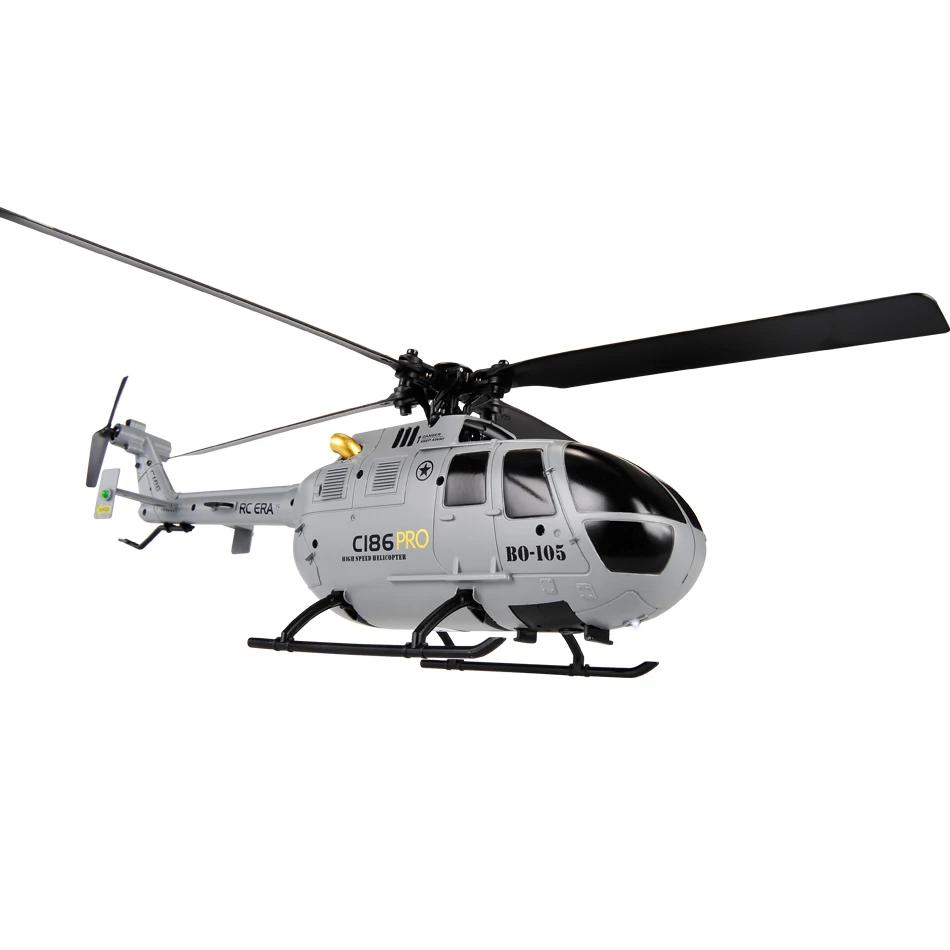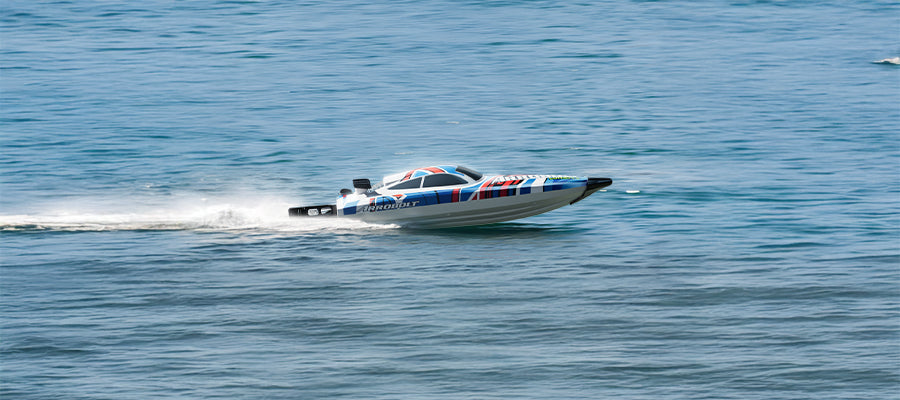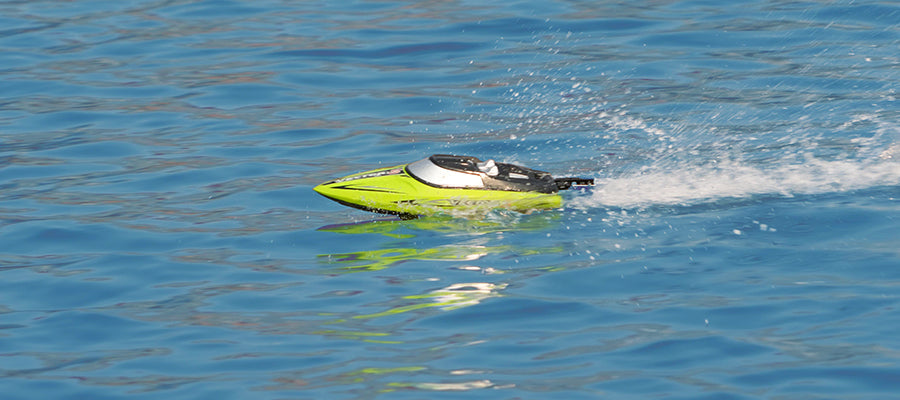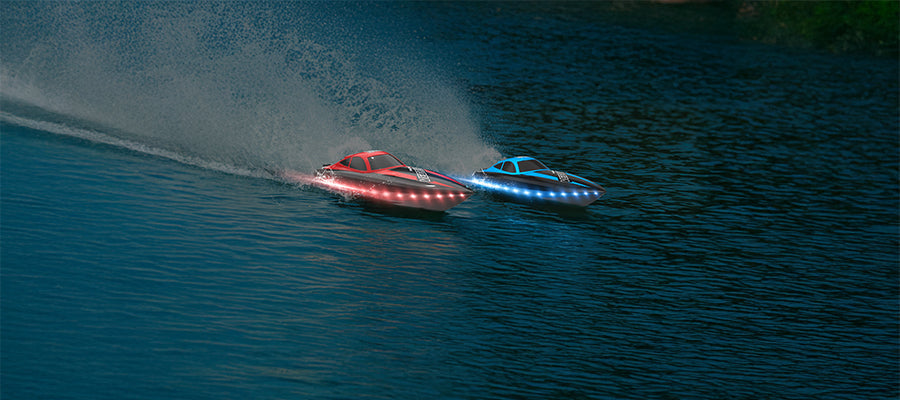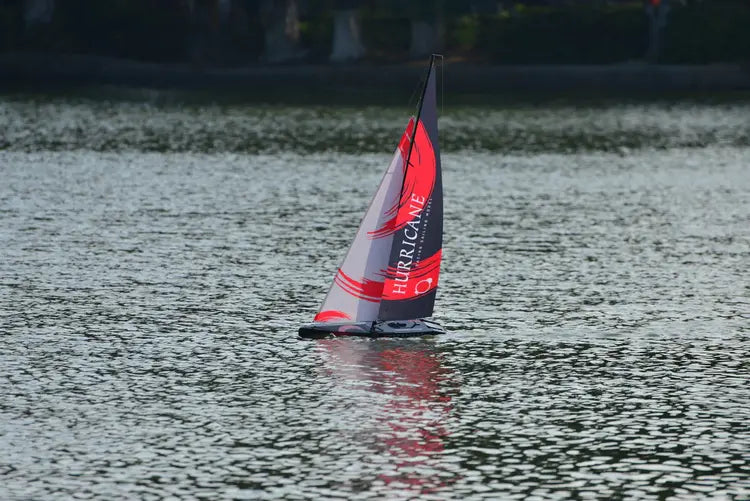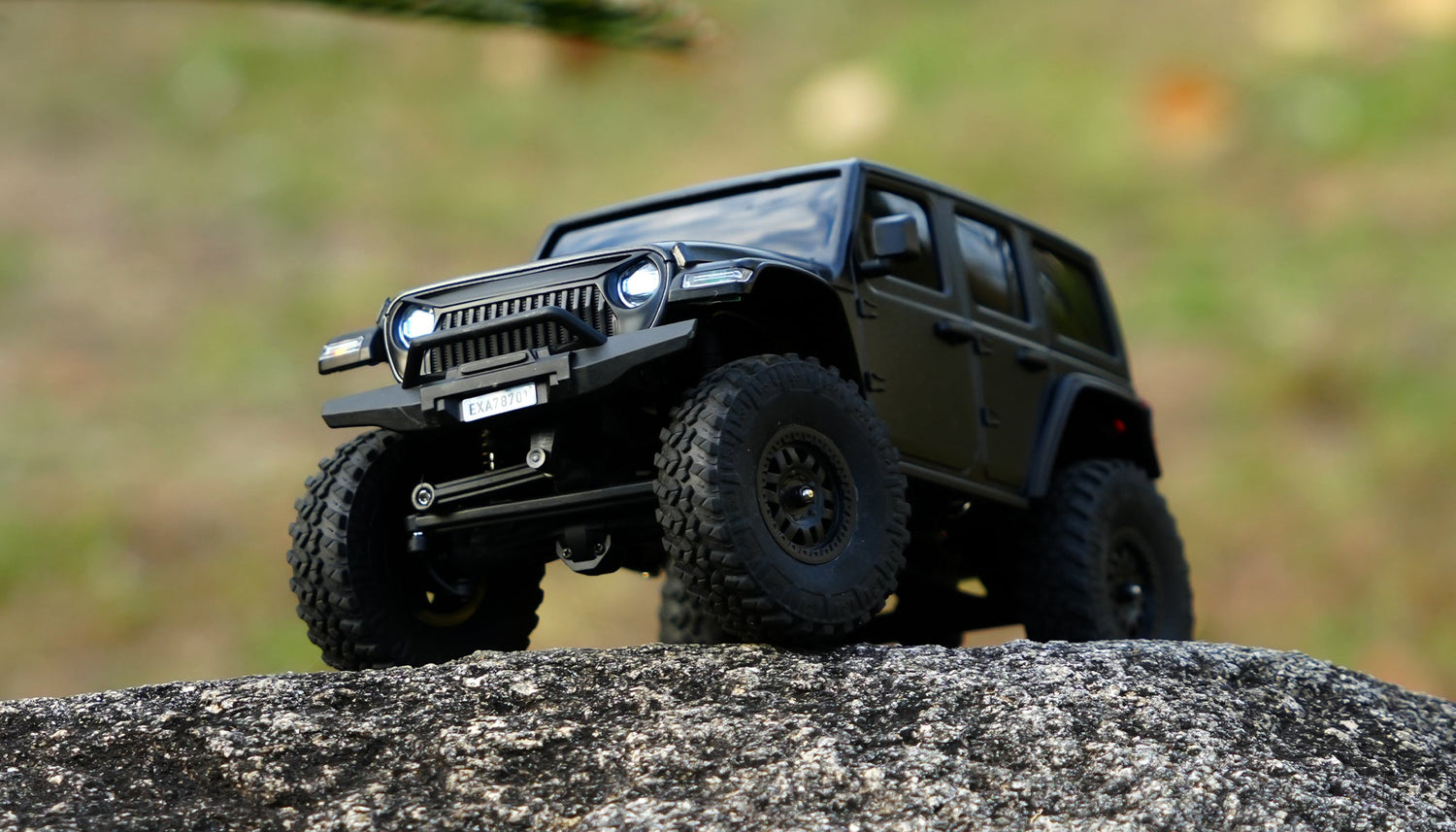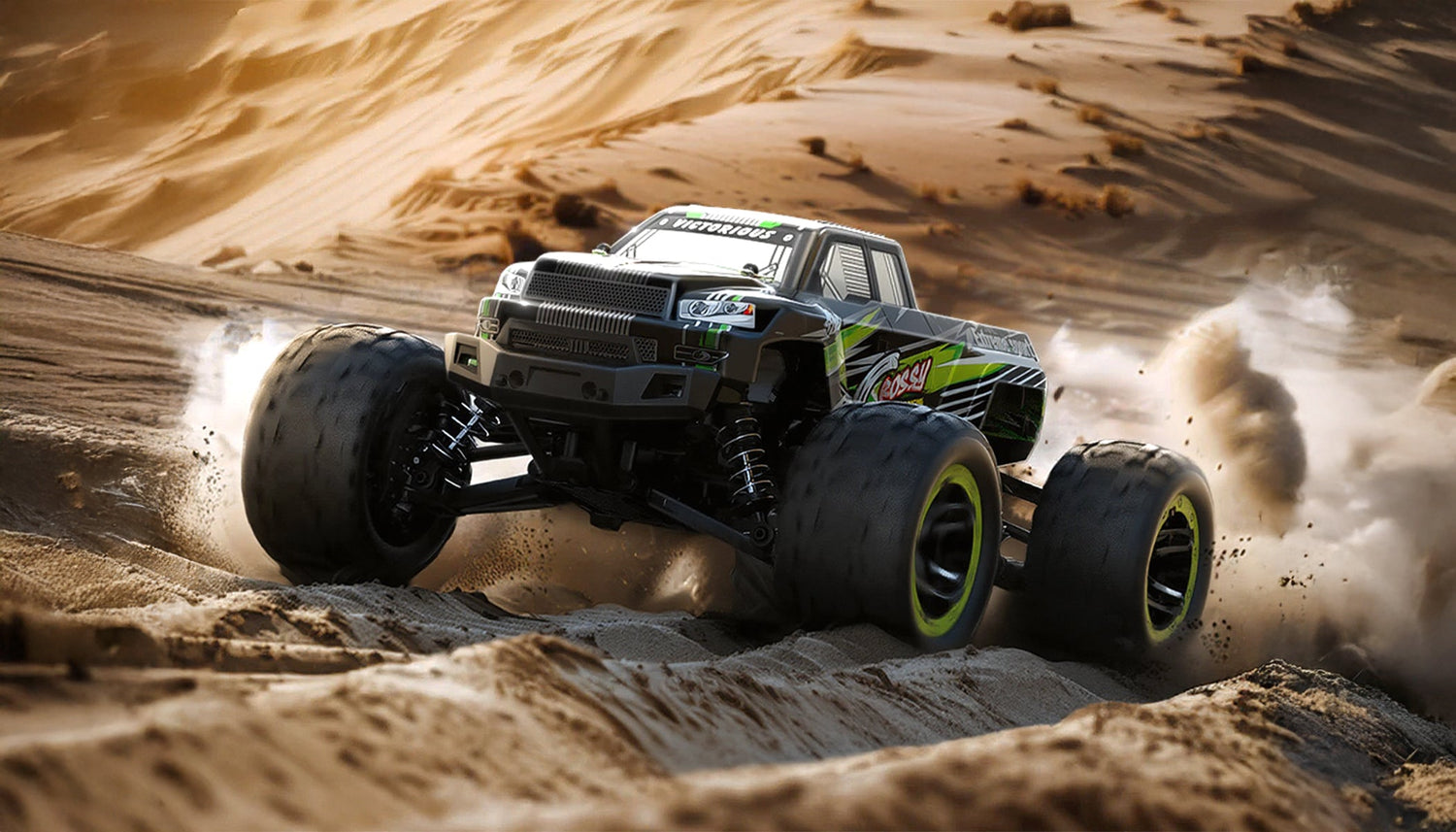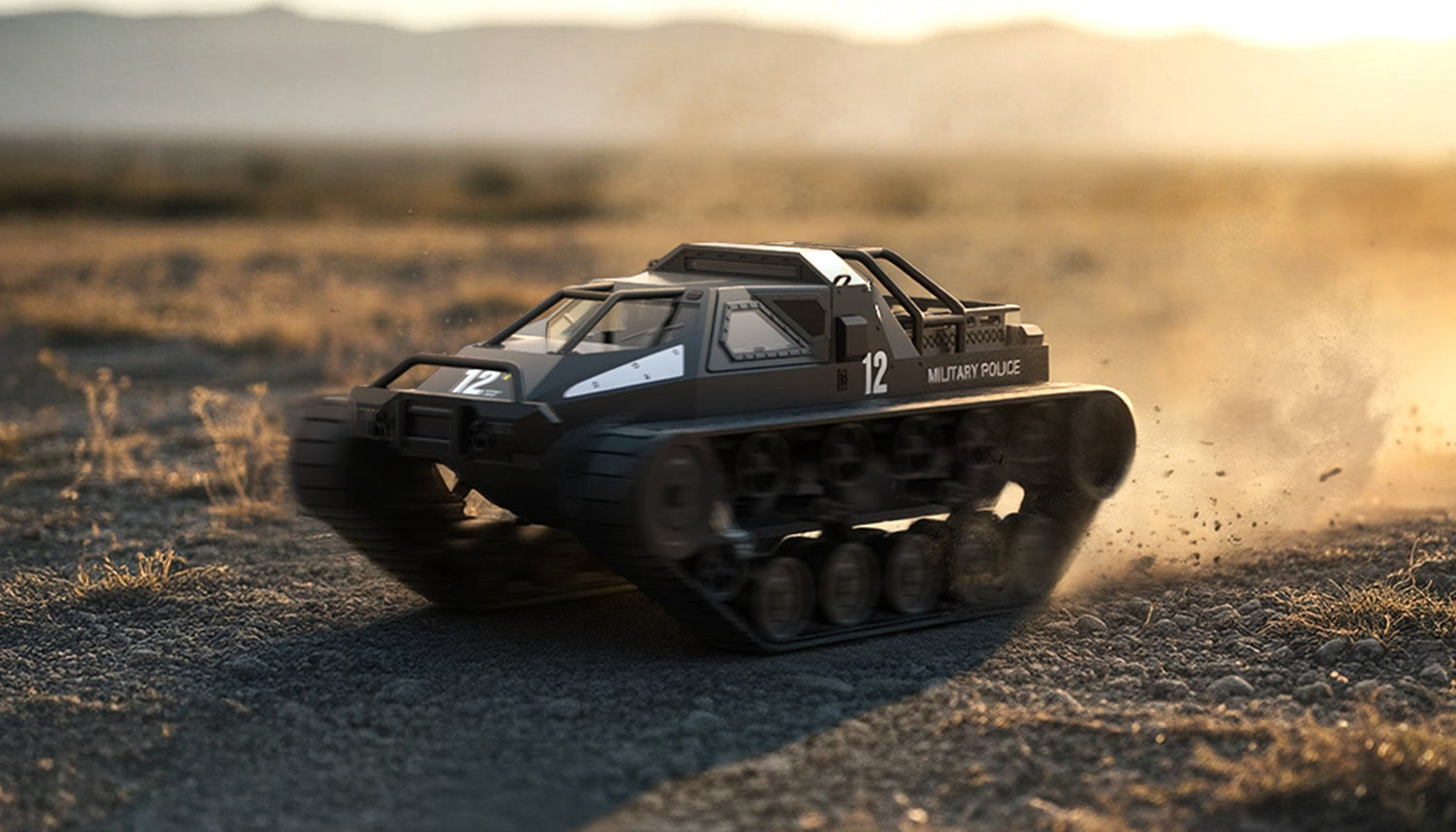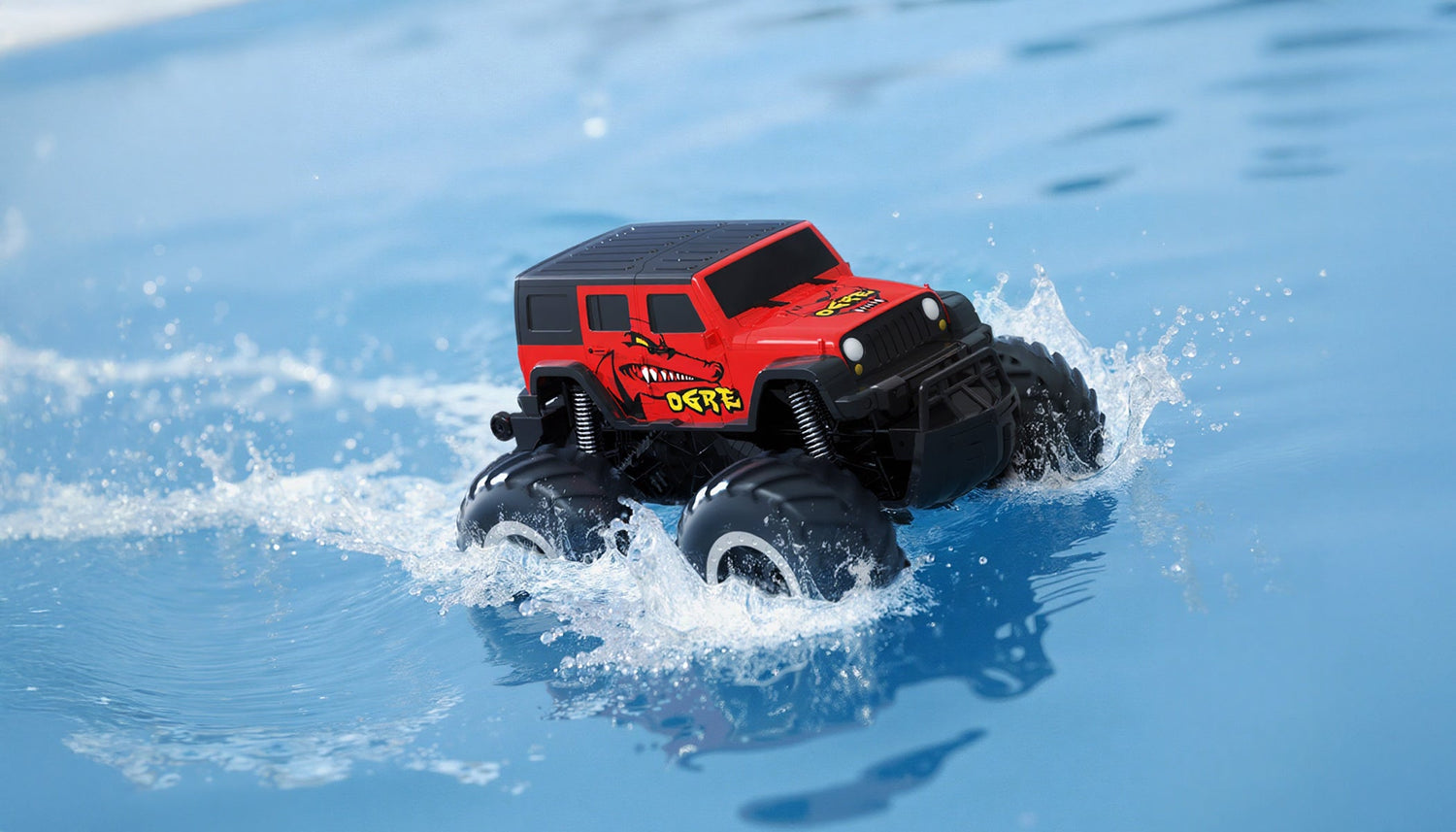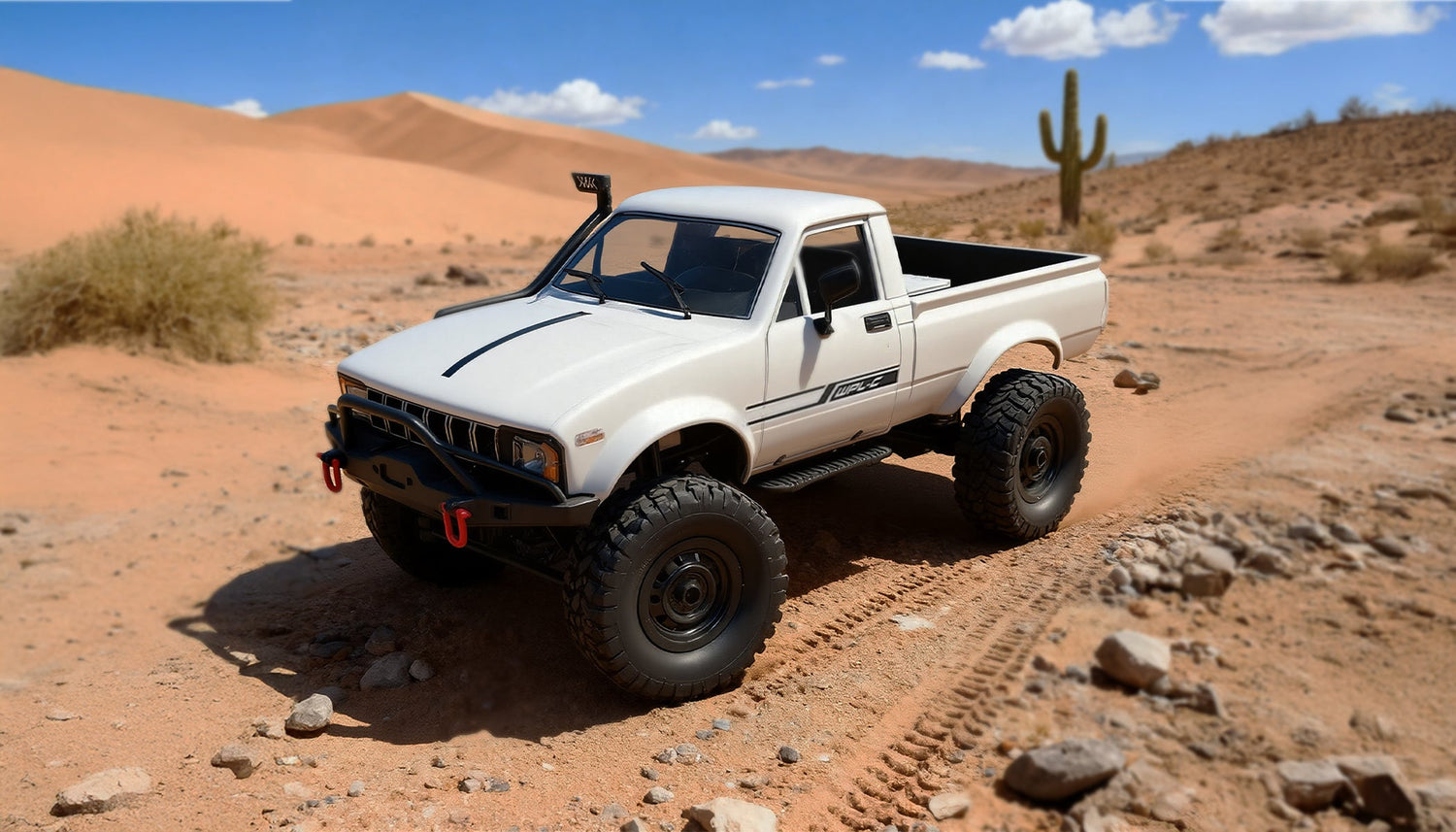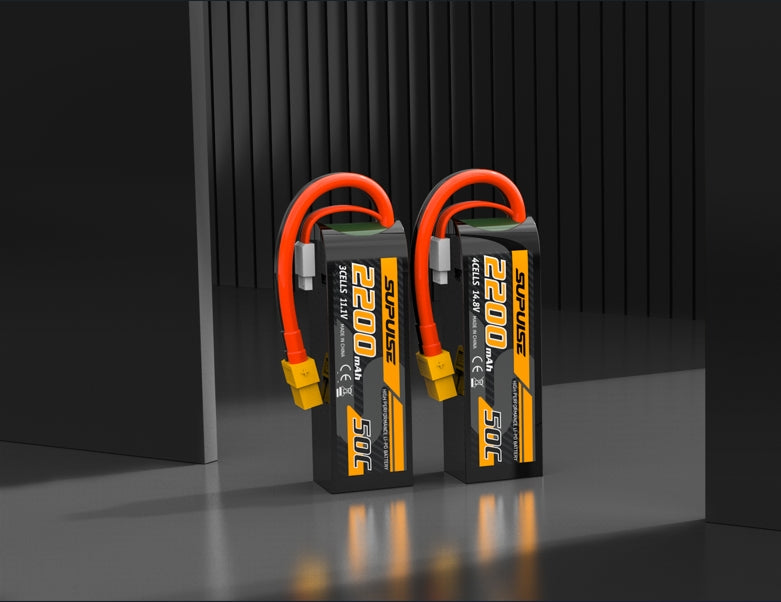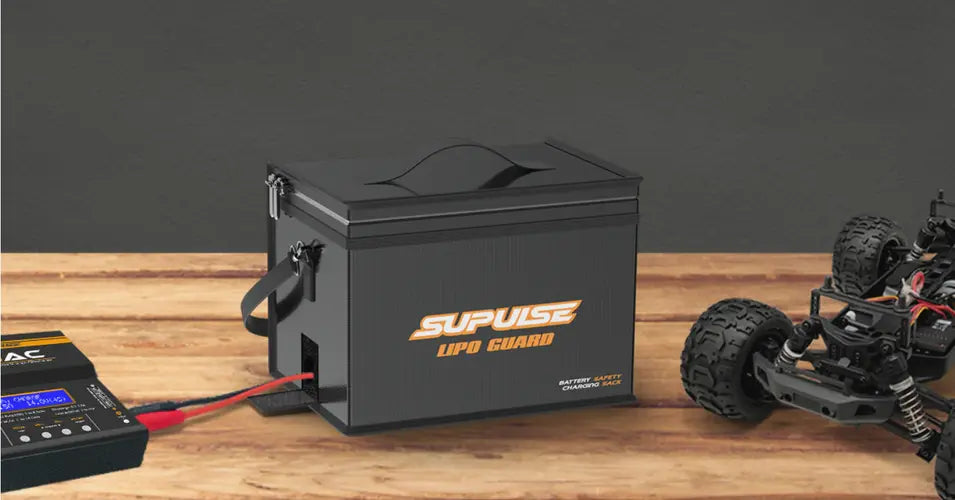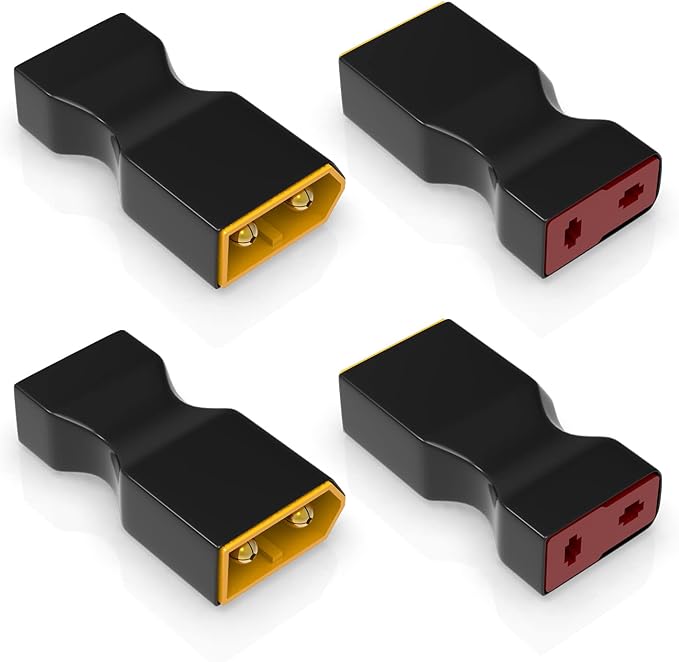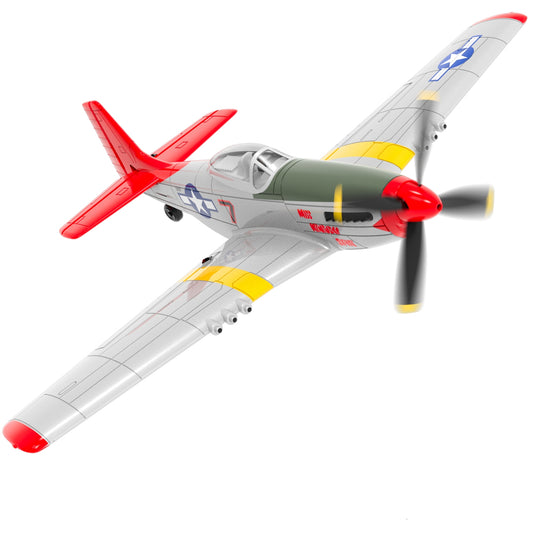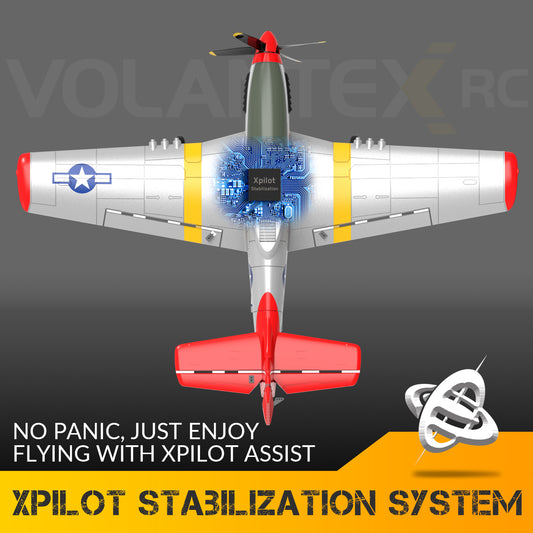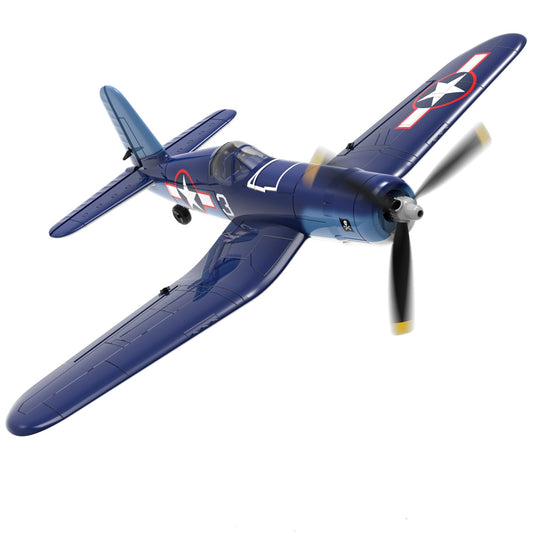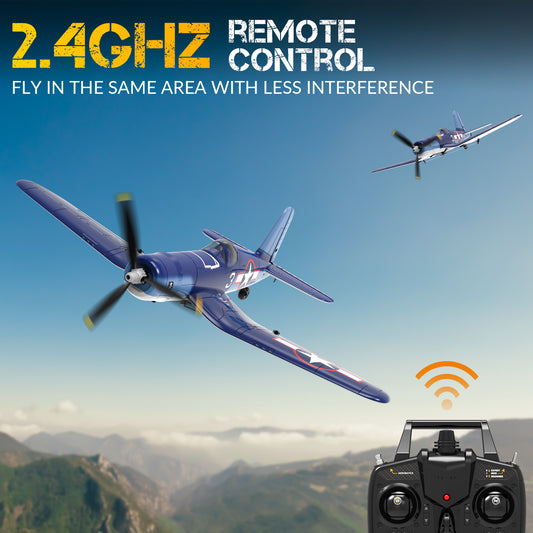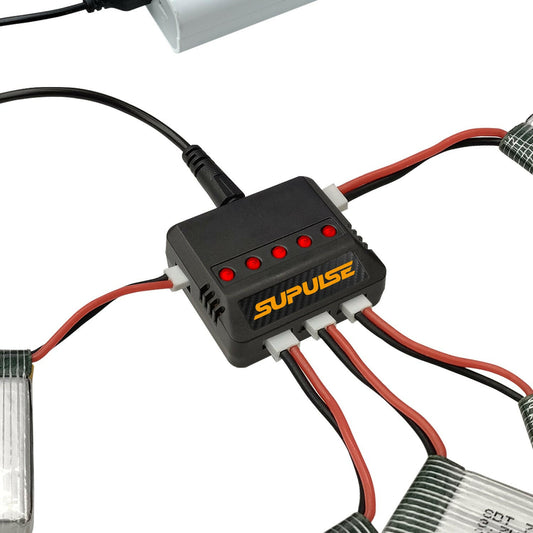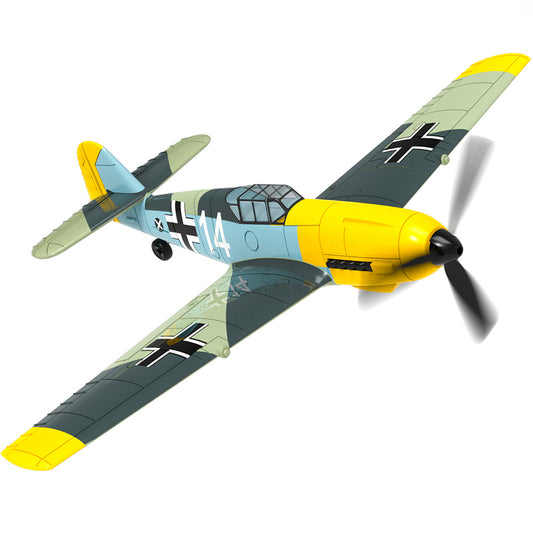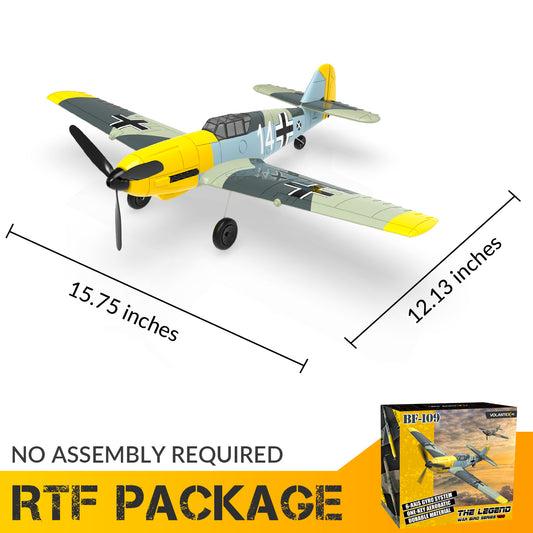Properly landing a warbird is one of the most rewarding moments in all of RC flying. Warbirds have a timeless, majestic quality that spans generations and most RC pilots will tell you that there's just something special about a warbird. When you successfully "grease" a 2-point or 3-point landing, it sticks with you for the rest of the day. On the other hand, no matter how great the flight was, if you goof up the landing - or worse, damage the plane - upon touchdown, the whole flight feels ruined.
Here are some techniques and tips to help keep your warbird landings a happy event worth celebrating.
Plan Your Approach
Just like with any plane, you want to establish a pattern. Takeoff leg, crosswind leg, downwind leg, base leg and final. This rectangular flight pattern is common throughout all of aviation and helps you visualize when to perform certain tasks in the air. Since this article is about landing specifically, we will focus on the portions of the pattern relative to that action.
When you are ready to land, you want to drop your gear (assuming your warbird has retracts as most do these days) somewhere around the entry into the downwind leg. This is also a good time to drop your first level of flaps (assuming your warbird has flaps and you have more than one setting of flap degree programmed). Manage your throttle and elevator accordingly.
As you prepare to enter the base leg, drop your flaps to their full setting assuming there's not an overabundance of headwind. The flaps increase drag and lift. This allows you to slow the plane down as well as not gain too much speed if you are establishing a steep approach.
Final Approach - Manage The Throttle
The key with warbirds is keeping some speed all the way to the ground. Dead-sticking on final approach is asking for trouble as warbirds don't generally have gentle stall characteristics. If you hit stall speed well above the ground, the wing - and the warbird - will simply stop flying and come crashing to earth like a wet brick. To avoid this, you want to keep between 20%-25% power on. Throttle is also used to control altitude. If your warbird is properly trimmed with flaps, you can manage the approach with throttle and very little use of elevator.
If you find yourself using the elevator aggressively or quite a bit on final approach, you are likely not using the throttle to your advantage. One of the key misunderstandings of power is that it is simply to increase speed. The truth is, the throttle is also meant to adjust altitude. The elevator is there to adjust pitch with authority, such as flaring right before the touchdown.
Fly Her To The Ground
Okay, you have established a good glide slope and speed on your final approach path. You have flaps according to your environment (less flaps are needed in higher head winds) and your gear is down. This is the point that you simply fly her to the ground. How do you do that? Keep the nose relatively parallel to the ground. Manage your throttle and elevator to achieve a speed that is flying comfortably just above stall speed. If she begins to feel "mushy" on the sticks, increase your power a bit. You don't want the nose too low or too high above the horizon line.
Once you get her close to ground effect (half the total wingspan's length between the ground and the warbird) begin to lower your power. Once you are under a foot or so from the ground begin to decrease your power even more and ever-so-gently raise the nose with elevator to establish a good flare. You don't want to literally fly the warbird into the ground, but you do want to be committing the act of active flying all the way until touchdown and then throughout the rollout.
Grass or Paved?
Both surfaces provide there own challenges. Some folks don't have the luxury of a long, paved runway surface to fly their model aircraft. Often grass is the only choice. The general rule of thumb when considering if you can fly your warbird on grass is if more than 1/3 of a wheel's height is covered in grass, the model likely will not takeoff due to too much resistance. If the grass is mowed regularly and short enough, grass takeoffs and landings aren't generally a problem. Rollouts are shortened due to the general resistance grass allows.
Paved surfaces allow no resistance so rollouts are extended. Ground looping is more prevalent with paved runways so don't take it necessarily as an assault on your piloting skills.

